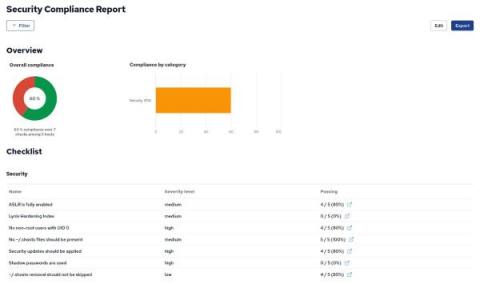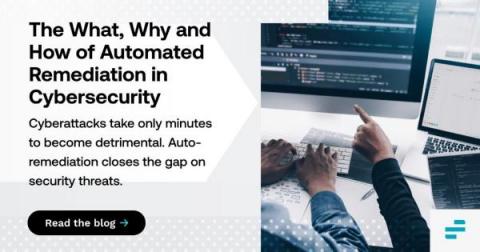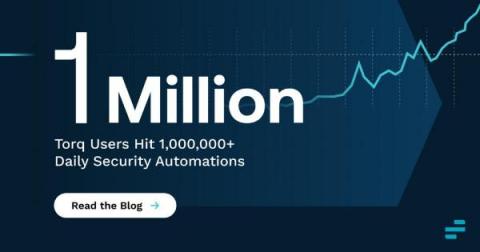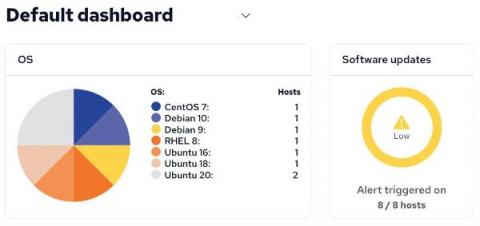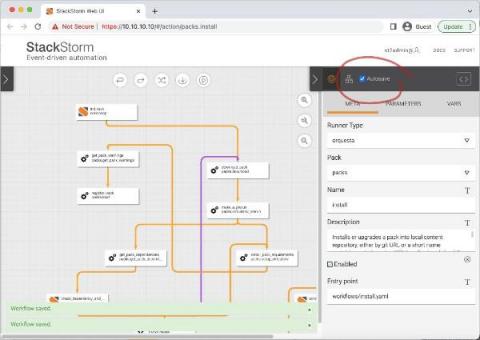What is No-Code/Low-Code IT Automation?
Most automation approaches start in the same place; coding. For years, IT professionals have relied on scripts or series of scripts to perform tasks and then link them to provide an ‘automation. No-code or low-code reduces complexity and resource overhead, allowing both non-technical and technical users to automate processes through graphical user interfaces (GUI). In most cases, this involves drag-and-drop boxes that imitate a user’s interactions in a process.



